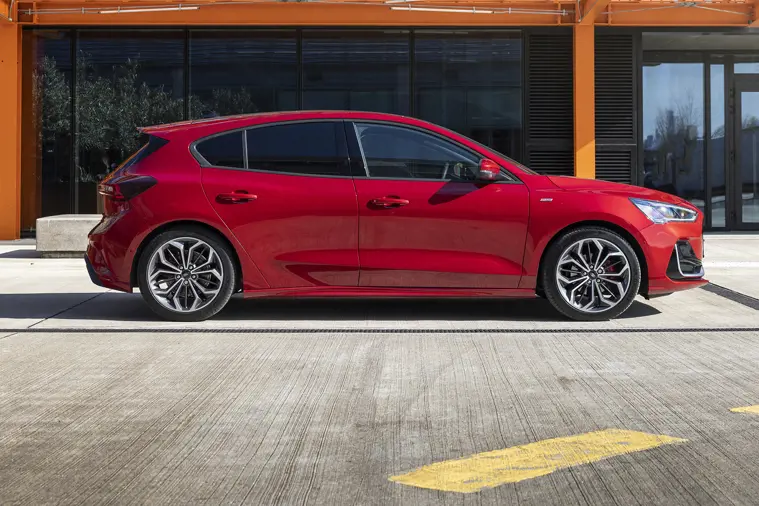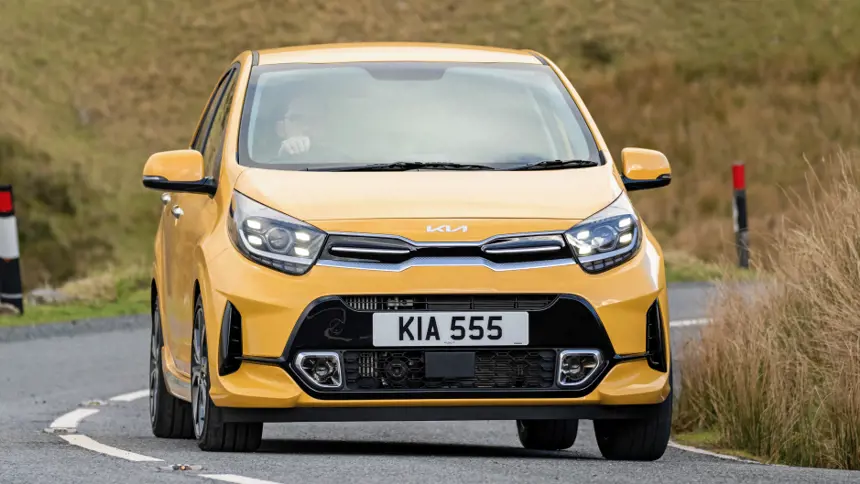UK car insurance groups explained
Insurance costs are a key part of car ownership. Find out what they are and how they affect the cost of your insurance

Car insurance is based on a number of factors to decide what your premium should be. Firstly, insurance companies take into consideration personal details like your age, driving experience, home address, occupation and claims history. All of this helps to build a picture of how likely it is for your car to be stolen or involved in an accident.
So if you live somewhere with a high crime rate for example, this may increase your insurance premium. Likewise, if you have been involved in an accident before and made a claim, this could result in a higher insurance quote. As well as your personal details, insurance quotes take into account details about the vehicle which is summarised with an insurance category from 1-50. The cheapest insurance group is one, with the most expensive being 50.
What are car insurance groups?

Car insurance groups help the insurance company decide how much of a risk it is to insure a specific car. An insurance group is then combined with your personal details to give a quote. 50 groups allow for each vehicle to be accurately assessed and categorised. This means that within a model range different specifications can fall into different insurance groups. For example, a Mercedes A-Class can range from insurance group 13 for the lowest specification to group 34 for the highest.
The Association of British Insurers (ABI) and Thatcham work together to test and research vehicles to decide on insurance categories. Insurance groups are largely based on how much damage a car would sustain in an accident and how cheap and easy it would be to repair. This is calculated by considering parts availability and price. 23 common parts are priced and this is used to estimate how expensive it would be to repair a vehicle and how long it would take.
Thatcham conducts crash tests which are also used to determine how much it would cost to repair a car after a crash. The vehicle price when new is also taken into account to calculate the cost of a payout if the car is written off. The reason different specifications are grouped separately is due to performance. Different engines will offer greater power and therefore the 0-62mph time and top speed are used to estimate the risk of a vehicle being involved in an accident.
Safety features that lower the risk of collision can be used to lower an insurance group. For example, if a car has lane-keeping assistance, automatic emergency braking, or blind spot monitoring these can all help to improve the safety of your vehicle and hence lower the risk of an accident. Security features can also lower insurance groups, the below categories detail how levels of security affect insurance classifications.
| E | Exceeds the security requirement for the type of car, so the insurance group rating has been lowered. |
| A | Acceptable level of security for the type of car. |
| D | Doesn't meet security requirements for the type of car, so the insurance group rating has been raised. |
| U | Unacceptable standard of security. An insurer may insist on upgraded aftermarket security before they agree to cover the vehicle. |
| P | Provisional. Not enough data is available at the time of launch to classify the car. This will likely be amended once a new car has become available for Thatcham to evaluate. |
| G | Grey import. Thatcham only tests cars that are officially sold in the UK, so imports are only evaluated at a price that the insurer sets. |
Insurance categories

A Kia Picanto '1' is an example of a car that is cheap to insure and falls into category 2-4. Smaller, more affordable cars tend to be cheaper to insure as they are typically less powerful and inexpensive to repair.
The Hyundai Santa Fe with a 2.2-litre engine can range from group 18-31 depending on the vehicle’s specification. At around midway through the insurance categories a Santa Fe will be reasonably affordable to insure and given the range of insurance groups there’s room to choose a vehicle with a specification that falls into lower group to keep costs down.
More expensive luxury vehicles like BMW 6 Series come under the most expensive insurance category, 50. Similar vehicles have high insurance groups due to their value when new and expense to fix.
What does a car insurance group mean?
Once you know what insurance group your car comes under this can indicate how expensive your insurance premium will be. As mentioned, lower insurance groups should result in cheaper quotes. As different specifications within the same model can vary in insurance group, this could be a deciding factor for which specification to opt for to save money.
A car insurance group is combined with the details you provide an insurance company to come up with a quote. Whilst an insurance group is a key part of your quote, remember, where you live, what the car is used for and your driving experience will all influence your insurance premium. A low insurance group combined with an experienced driver with no claims should result in a cheap quote.
How to find a car insurance group

There are several websites that have a database of insurance groups. Some require the vehicle’s number plate to show the correct insurance group for that specification whereas other sites ask for details such as make, model and year. Depending on how much information you have about the car there will be an online service that will show the insurance group.
Insurance groups for electric cars
Currently, insurance groups for electric cars are calculated in the same way as all other vehicles. Whilst electric vehicles can be cheaper to run and maintain they can fall into higher insurance categories due to electric cars being specialist vehicles that need maintenance from mechanics trained to care for electric vehicles.
Another factor contributing to higher insurance groups for electric cars is performance. Compared to petrol and diesel cars, electric power offers instant acceleration and therefore increased risk of accident. For example, a Tesla Model 3 is in insurance group 48-50.
*Representative PCP finance - Ford Fiesta:
48 monthly payments of £192
Deposit: £0
Mileage limit: 8,000 per year
Optional final payment to buy car: £2,923
Total amount payable to buy car: £11,926
Total cost of credit: £2,426
Amount borrowed: £9,500
APR: 9.9%
BuyaCar is a credit broker, not a lender. Our rates start from 6.9% APR. The rate you are offered will depend on your individual circumstances.
